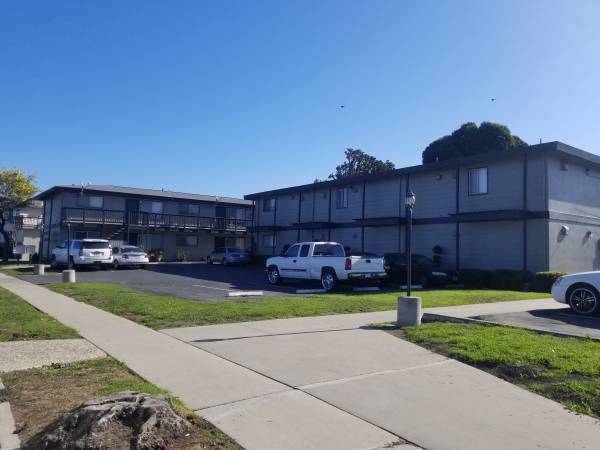What is Fair Market Rent (FMR)?
Fair Market Rent is the rental amount that HUD determines to be reasonable for various types of housing units in a specific geographical area. It represents the amount that a family would need to pay to rent a moderately-priced home or apartment in the private rental market. HUD sets these figures annually based on extensive data analysis, which includes rental surveys and cost-of-living assessments.
The primary goal of FMR is to balance affordability for tenants while keeping the program appealing to landlords. FMR is used in the Section 8 Housing Choice Voucher program to establish the payment standards for rent subsidies, ensuring that participants have access to suitable housing options without being overly limited by low payment caps.
How is Fair Market Rent Calculated?
HUD calculates FMR using a blend of data sources, including the American Community Survey (ACS) and rental housing surveys. Section 8 Fair Market Rent The calculation typically reflects the 40th percentile of rental costs, meaning that FMR is set at a level where 40% of all rental units in a given area are priced below the established FMR. In certain high-cost areas, the FMR may be adjusted to the 50th percentile to improve access to a broader range of housing options.
The calculation considers factors such as:
Geographical location: Rent varies significantly between regions, cities, and even neighborhoods.
Unit size: FMR is set for various unit sizes, ranging from studio apartments to homes with multiple bedrooms.
Utilities: FMR may include estimates for utility costs, making it more comprehensive.
HUD reviews FMR annually and adjusts it based on inflation, changes in market conditions, and updated survey data.
The Role of FMR in the Section 8 Program
In the Section 8 Housing Choice Voucher program, FMR directly impacts both tenants and landlords. For tenants, FMR determines the maximum amount that can be subsidized by the voucher. If a rental unit’s rent exceeds this cap, tenants may be required to pay the difference out of pocket, provided it doesn’t exceed 40% of their adjusted income. This ensures that the program remains affordable while giving tenants some flexibility in choosing where they live.
For landlords, FMR sets a benchmark for acceptable rent levels under the program. Landlords who participate in Section 8 must agree to rent their units at or near the FMR, balancing market competitiveness with the need to provide affordable housing options.
Regional Variations in FMR
One of the key aspects of FMR is its variability across different regions. section 8 homes for rent Major metropolitan areas, where rental demand and property values are higher, often have significantly higher FMRs compared to rural or less populated regions. For instance, a two-bedroom apartment in New York City will have a much higher FMR than a similar unit in a rural area of the Midwest.
These regional variations aim to account for the economic diversity of the country and ensure that the Section 8 program remains relevant regardless of where participants live.






Comments